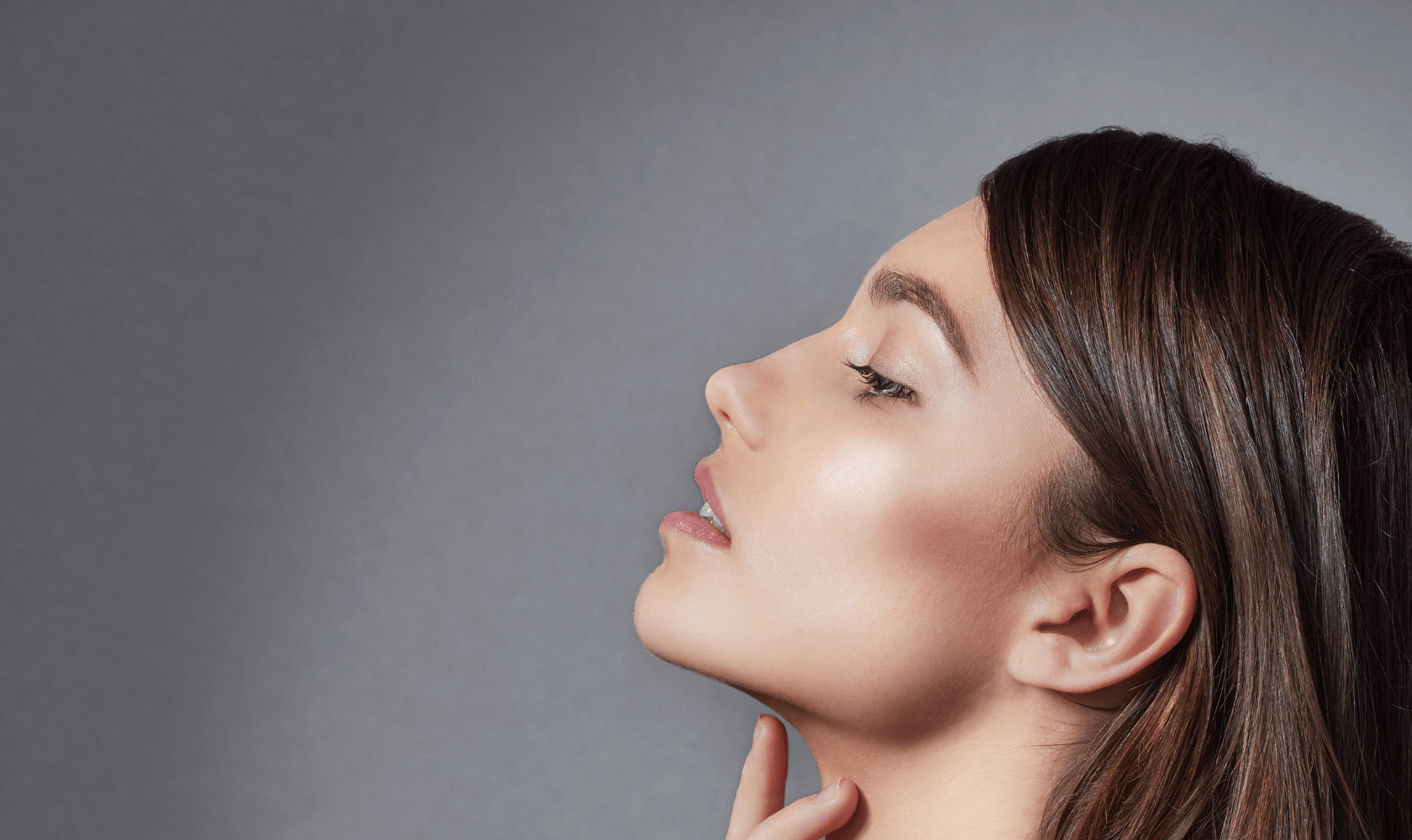In the ever-evolving field of aesthetics, Botox and Dermal Fillers have become increasingly popular. They are minimally invasive procedures that can help individuals achieve their desired look without the need for surgery. However, while they may seem similar at first glance, they are quite different in terms of their composition, application, and results.
By the time you finish reading this comprehensive guide, you’ll have a clear understanding of what Botox and Fillers are, how they work, and how they can help you achieve your aesthetic goals. You’ll also appreciate the differences and similarities between these two treatments.
Understanding Botox: What it is and how it works
Botox, or Botulinum toxin, is a neurotoxic protein produced by bacteria. In the world of aesthetics, Botox is used to temporarily paralyze muscle activity. It is primarily used to treat dynamic wrinkles, which are lines or creases that form as a result of repetitive muscle movements such as frowning, squinting, or smiling.
When Botox is injected into the muscles, it blocks the signals from the nerves to the muscles, which prevents the muscles from contracting. This, in turn, smooths out the wrinkles and gives the skin a more youthful appearance. The effects of Botox typically last between three to six months, and the procedure itself is quick, often completed in less than 20 minutes.
While Botox is most commonly used to treat wrinkles on the face, it can also be used to address other issues such as excessive sweating, chronic migraines, and certain eye disorders. Despite its potential side effects, which include bruising, headache, and flu-like symptoms, Botox is considered a safe and effective treatment for wrinkles.
Understanding Dermal Fillers: What they are and how they work
On the other hand, Dermal Fillers are injectable substances used to fill in areas of the face that have lost volume due to aging. Unlike Botox, which relaxes the muscles, Dermal Fillers work by plumping up the skin and smoothing out wrinkles and folds.
The most common type of Dermal Filler is Hyaluronic Acid, a substance naturally found in the skin that attracts and retains moisture. When injected into the skin, fillers restore volume and fullness, giving the face a more youthful and refreshed look. They can be used to enhance lips, lift cheeks, fill in under-eye hollows, and smooth out wrinkles and lines.
Dermal Fillers typically last between six to eighteen months, depending on the type used and the area treated. Like Botox, the procedure is quick and has minimal downtime. Despite potential side effects such as bruising, swelling, and redness, fillers are considered safe when administered by trained professionals.
Botox vs. Dermal Fillers: The differences
While both Botox and Dermal Fillers are injectable treatments used to combat signs of aging, they do so in different ways. As mentioned earlier, Botox works by relaxing the muscles and reducing their movement to prevent wrinkles, while Dermal Fillers add volume to the face and smooth out wrinkles and folds.
Another key difference lies in the areas they are most effective. Botox is typically used for wrinkles that are caused by muscle movement, such as forehead lines, frown lines, and crow’s feet. Dermal Fillers, on the other hand, are perfect for areas that have lost volume due to aging, such as the cheeks, lips, and under-eye area.
Moreover, the results from Botox and Dermal Fillers also differ in terms of how long they last. While the effects of Botox can be seen within a few days and last for about three to six months, Dermal Fillers provide immediate results that can last up to a year or more.
Botox vs. Dermal Fillers: The similarities
Despite their differences, Botox and Dermal Fillers do share some similarities. Both are minimally invasive treatments that offer a non-surgical alternative to traditional facelifts. They are both administered through injections and can be done in a clinic or doctor’s office.
Both treatments also require minimal downtime. Most patients can return to their normal activities immediately after the procedure. However, it’s recommended to avoid strenuous activity, exposure to the sun, and alcohol for at least 24 hours after treatment.
Lastly, both Botox and Dermal Fillers can be used in combination to achieve a more comprehensive facial rejuvenation. By addressing different issues, they can provide a more youthful and refreshed look that a single treatment might not achieve.
In conclusion, Botox and Dermal Fillers are two effective treatments in the field of aesthetics. Both offer unique benefits and can be used individually or in combination to achieve the desired look. Whether you’re considering Botox, Dermal Fillers, or both, it’s important to consult with a trained professional like myself, Dr Kathryn Aesthetics, to determine the best treatment plan for you.


